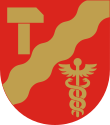Mass media refers to a diverse array of media technologies that reach a large audience via mass communication. The technologies through which this communication takes place include a variety of outlets.

Censorship and the issue of media freedom in Russia have been main themes since the era of the telegraph. Radio was a major new technology in the 1920s, when the Communists had recently come to power. Soviet authorities realized that the "ham" operator was highly individualistic and encouraged private initiative– too much so for the totalitarian regime. Criminal penalties were imposed but the working solution was to avoid broadcasting over the air. Instead radio programs were transmitted by copper wire, using a hub and spoke system, to loudspeakers in approved listening stations, such as the "Red" corner of a factory. Due to the enormous size of the country Russia today leads in the number of TV broadcast stations and repeaters. There were few channels in the Soviet time, but in the past two decades many new state-run and private-owned radio stations and TV channels appeared.

Turku is a city and former capital on the southwest coast of Finland at the mouth of the Aura River, in the region of Finland Proper (Varsinais-Suomi) and the former Turku and Pori Province. The region was originally called Suomi (Finland), which later became the name for the whole country. As of 30 September 2018, the population of Turku was 191,499 making it the sixth largest city in Finland after Helsinki, Espoo, Tampere, Vantaa and Oulu. There were 330,192 inhabitants living in the Turku sub-region, ranking it as the third largest urban area in Finland after the Greater Helsinki area and Tampere sub-region. The city is officially bilingual as 5.2 percent of its population identify Swedish as a mother-tongue.

Tampere is a city in Pirkanmaa in the western part of Finland. Tampere is the most populous inland city in the Nordic countries; it has a population of 238,140 with the urban area holding 334,112 people and the metropolitan area, also known as the Tampere sub-region, holding 385,301 inhabitants in an area of 4,970 km2 (1,920 sq mi). Tampere is the second-largest urban area and third most-populous individual municipality in Finland, after the cities of Helsinki and Espoo and the most populous Finnish city outside the Greater Helsinki area, within which both Helsinki and Espoo are located. Today, Tampere is one of the major urban, economic, and cultural hubs in the whole inland region.
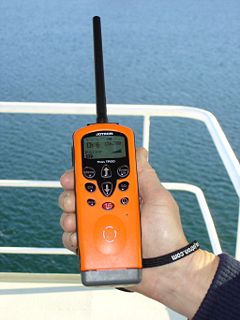
Wireless communication is the transfer of information between two or more points that do not use an electrical conductor as a medium by which to perform the transfer. The most common wireless technologies use radio waves. With radio waves, intended distances can be short, such as a few meters for Bluetooth or as far as millions of kilometers for deep-space radio communications. It encompasses various types of fixed, mobile, and portable applications, including two-way radios, cellular telephones, personal digital assistants (PDAs), and wireless networking. Other examples of applications of radio wireless technology include GPS units, garage door openers, wireless computer mouse, keyboards and headsets, headphones, radio receivers, satellite television, broadcast television and cordless telephones. Somewhat less common methods of achieving wireless communications include the use of other electromagnetic wireless technologies, such as light, magnetic, or electric fields or the use of sound.
The University of Tampere (UTA) was a public university in Tampere, Finland that was merged with Tampere University of Technology to create the new Tampere University on 1 January 2019.
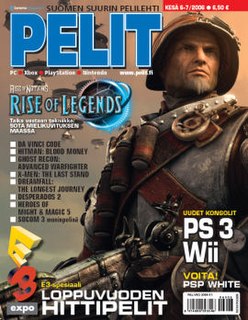
Pelit ("Games") is a Finnish video games magazine published in Helsinki, Finland.
Mikrobitti is a Finnish computer magazine published in Helsinki, Finland.
Mass communication is the process of imparting and exchanging information through mass media to large segments of the population. It is usually understood for relating to various forms of media, as these technologies are used for the dissemination of information, of which journalism and advertising are part. Mass communication differs from other forms of communication, such as interpersonal communication and organizational communication, because it focuses on particular resources transmitting information to numerous receivers. The study of mass communication is chiefly concerned with how the content of mass communication persuades or otherwise affects the behavior, the attitude, opinion, or emotion of the people receiving the information.

Tampere University is a Finnish university that was established on 1 January, 2019 as a merger between the University of Tampere and Tampere University of Technology. The new university is also the major shareholder of Tampere University of Applied Sciences.
The following outline is provided as an overview of and topical guide to communication:
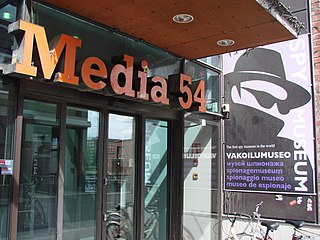
The Spy Museum is the world's first public museum of international espionage, located in Tampere, Finland. The museum was founded in 1998. The idea of the museum was invented by Teppo Turja, who founded the museum. The museum is the only one of its kind in Europe, besides Spy Museum Berlin.

Telecommunication is the transmission of information by various types of technologies over wire, radio, optical or other electromagnetic systems. It has its origin in the desire of humans for communication over a distance greater than that feasible with the human voice, but with a similar scale of expediency; thus, slow systems are excluded from the field.

The Tampere Lenin Museum is a museum devoted to Vladimir Lenin in Tampere, Finland. It was established in 1946 by the Finland–Soviet Union Society, and today it is run by The Finnish Labour Museum Werstas. It was the first museum dedicated to Lenin outside the Soviet Union, and is now the only surviving one located outside Russia.
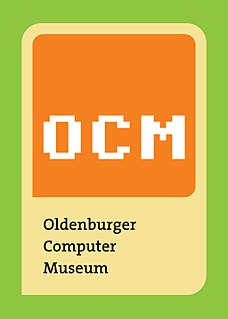
The Oldenburg Computer Museum (OCM) is a museum founded in 2008 in Oldenburg (Oldb), Lower-Saxony, Germany that is dedicated to the preservation and operational presentation of the history of home computing.

The Finnish Museum of Games is a museum dedicated to the history of Finnish games located in Vapriikki Museum Centre in Tampere, Finland. The museum exhibition consists of 100 Finnish games, six thematic period rooms, a video game arcade and a changing exhibition space. Overall, the museum has around 85 playable digital games.
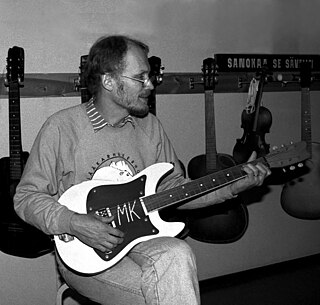
Matti Antero Karjalainen studied electronics at the Tampere University of Technology and received a doctoral degree on speech synthesis in 1978. He developed Synte 2 the first portable microprocessor-based text-to-speech synthesizer in the world.

Tampere Central Library is the main municipal library in Tampere, Finland. It is also known as Metso ('Capercaillie'), due to its resemblance to the bird, when viewed from above. The library is located along the Hämeenpuisto boulevard in the city centre.

The Vapriikki Museum Centre is a cluster of museums operating in the old factory premises of Tampella, in Tampere, Finland. The name Vapriikki derives from the Swedish word fabrik, meaning factory.

Näsilinna is a neo-baroque palace on Näsikallio in Tampere, Finland. It was built by Peter von Nottbeck, son of Wilhelm von Nottbeck, a St. Petersburg-based industrial manager of Finlayson. The original name of the palace, completed in 1898, was Milavida. The building was designed by architect K. A. Wrede. The true meaning and history of the name Milavida is unknown.

















